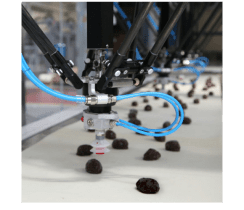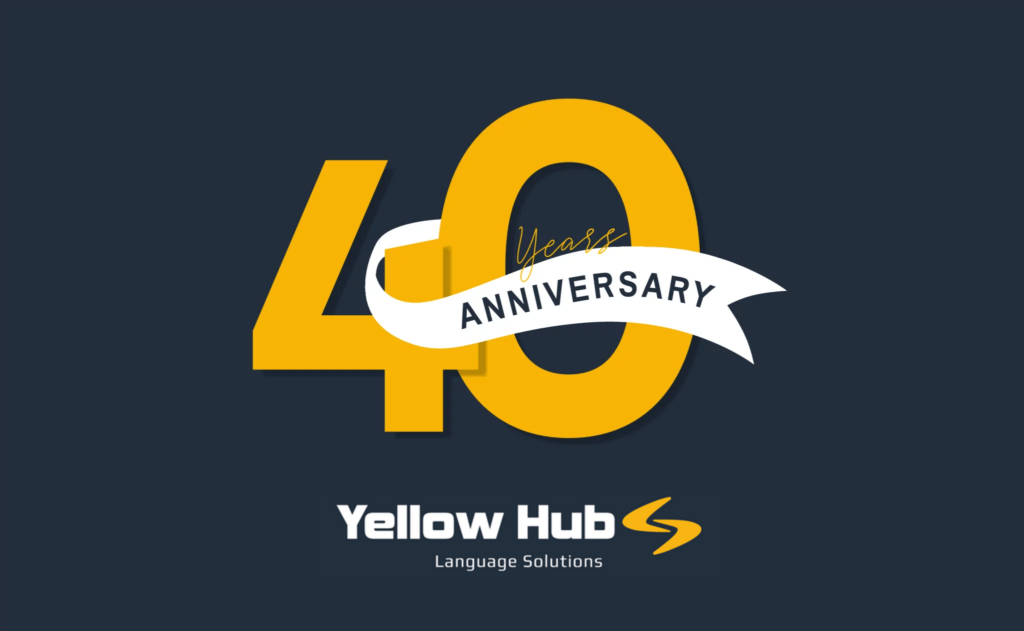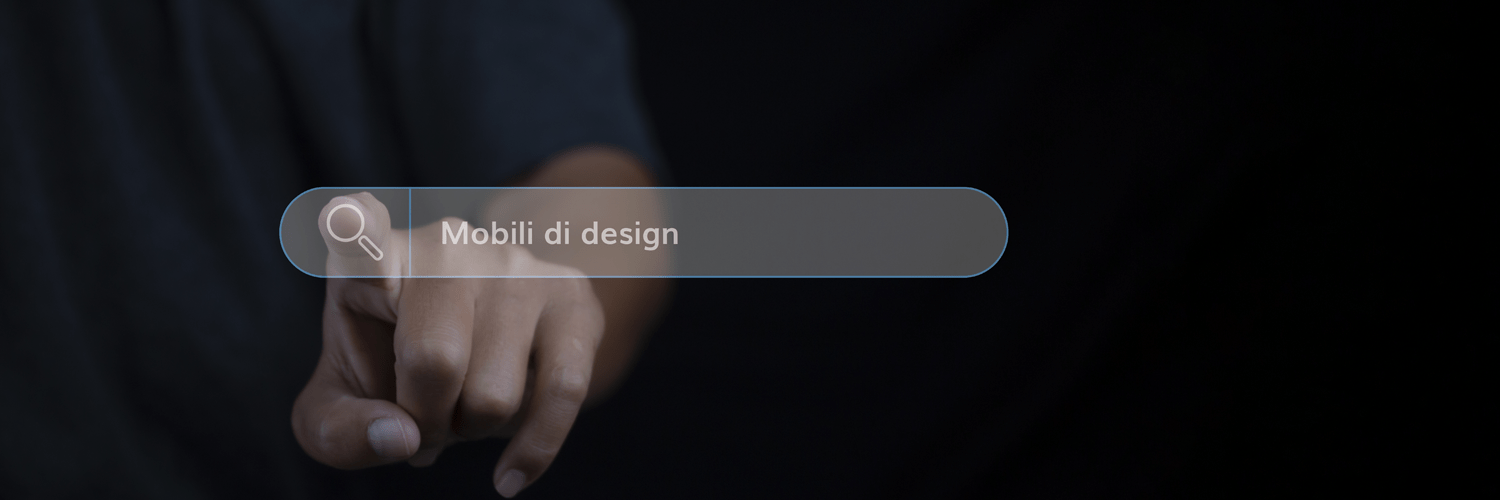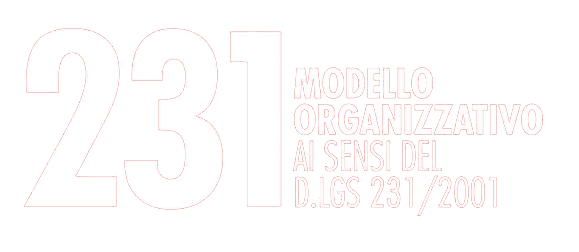The premier event of the year is swiftly approaching once again in Milan, and through this newsletter article, we aim to delve into an essential subject for enterprises in the realms of furniture, design, and luxury: optimizing international visibility via their websites.
In the design universe, where creativity and aesthetic reign supreme, the common wisdom among designers is that one’s work ought to “speak for itself.” While this notion holds visual appeal, it falls short when considering search engine rankings, as Google primarily indexes text, not images.
SEO, or Search Engine Optimization, is pivotal in enhancing your business’s visibility, thus attracting more prospective clients to your services.
In essence, allowing your work to “speak for itself” is effective once visitors have navigated to your website. However, the initial challenge lies in drawing them there to witness your impressive work. Absent the strategic leverage provided by SEO, even the most remarkable portfolios are at risk of fading into obscurity in a competitive market.
Focusing on the right keywords
Search engine algorithms evaluate and rank web pages based on the presence of specific keywords. It is critical to have a strategic understanding of the keywords you aim to target.
Choosing the appropriate terminology entails grasping the intent behind users’ searches, essentially understanding the phrases they employ in their online queries. For instance, if I’m aiming to attract potential purchasers of designer furniture, I must consider whether it’s more beneficial to use “mobili di design” or “arredamento design”.
Thankfully, there are specialized tools available for analyzing Google search trends, offering invaluable statistics that aid in making well-informed decisions. This analysis indicates that, within Italy and in Italian (notably, there are statistics for each country and language), “mobili di design” garners around 720 searches monthly, whereas “arredamento design” attracts approximately 2400 searches. Such insights are vital for refining our digital marketing tactics and enhancing our online presence.


*Statistics consulted on Google Keyword Planner, March 2024.
Product pages
In examining the previous example, we noticed the differences between two phrases within the same sector and niche, albeit with a general character. Applying this insight to product pages involves identifying primary and secondary keywords to craft what’s known as the SEO title (title tag). This method refines our SEO efforts, ensuring precise audience targeting and enhanced product visibility in search results.
For design products, each is given a unique name, possibly linked to a specific collection or the unique title the brand assigns. Considering our company produces a distinct three-seater sofa named “Lao,” what would be the ideal keywords for its web page title? Including the product name is wise, appealing to those familiar with it, yet the name alone may not attract extensive searches. To broaden our reach, consider these suggestions:
- Lao | Divano Luxury 3 Posti
- Lao | Divano di Lusso 3 Posti


Multilingual SEO for international visibility
You may be curious about our focus on the fundamentals of SEO, especially since our expertise lies in multilingual content. The reason is straightforward: SEO operates on principles similar to mathematics. A mistake in the initial setup (here, the SEO strategy in the original language) can easily propagate errors into translations. It’s crucial to establish a strong foundation from the start to prevent any issues later on.
This is precisely why our approach to SEO-centric website translation begins with a thorough optimization check of the existing content. After ensuring the site’s pages are properly optimized, we tailor the keywords to fit the language and cultural nuances of the target audience.
Consider the term “mobili di design.” When translating this into English, we’re presented with two viable options:
- Designer Furniture
- Design Furniture


*Statistiche consultate su Google Keyword Planner, Marzo 2024.
In this context, “Designer Furniture” is the preferred term for a company known for its unique design pieces. This choice not only focuses on furniture designed by renowned creators or brands but also highlights the innovative and philosophical aspects behind each item, akin to a piece of art.
Furthermore, it’s important to note that “Designer Furniture” also ranks as the keyword with the highest search volume, underscoring its market relevance and demand.
Selecting the appropriate keyword might seem straightforward when one option clearly aligns with the intended message. However, consider the Italian “divano di lusso,” which translates to:
- Luxury couch
- Luxury sofa
Statistics for the American market


Statistics for the British market


*Statistics consulted on Google Keyword Planner, March 2024.
With data for both the American and British markets showing no clear preference between “sofa” and “couch,” the choice becomes more nuanced. This decision requires an understanding of cultural preferences and language nuances, areas where a target language expert’s insight becomes invaluable.
Interestingly, the term “sofa” originates from the Arabic word “suffah,” brought into Turkish, describing a bench designed for sitting or lying, often upholstered and adorned with cushions. “Couch,” however, derives from the French “coucher,” meaning to lie down, emphasizing its use for rest and relaxation.
Therefore, the choice between “luxury couch” and “luxury sofa” hinges on the intended use of the furniture piece and the etymological roots of these terms, guiding us towards the most fitting keyword for our target audience.
Translation after keyword adaptation
Questo processo, illustrato nella sezione precedente, è definito come l’adattamento delle parole chiave alla lingua di destinazione. Quest’attività richiede non solo competenze tecniche SEO, ma anche una profonda comprensione culturale dell’argomento trattato. Identificare il termine più accurato è cruciale per tradurre efficacemente i contenuti con un focus SEO, assicurando così l’ottimizzazione di tutti gli attributi SEO on-page pertinenti.

